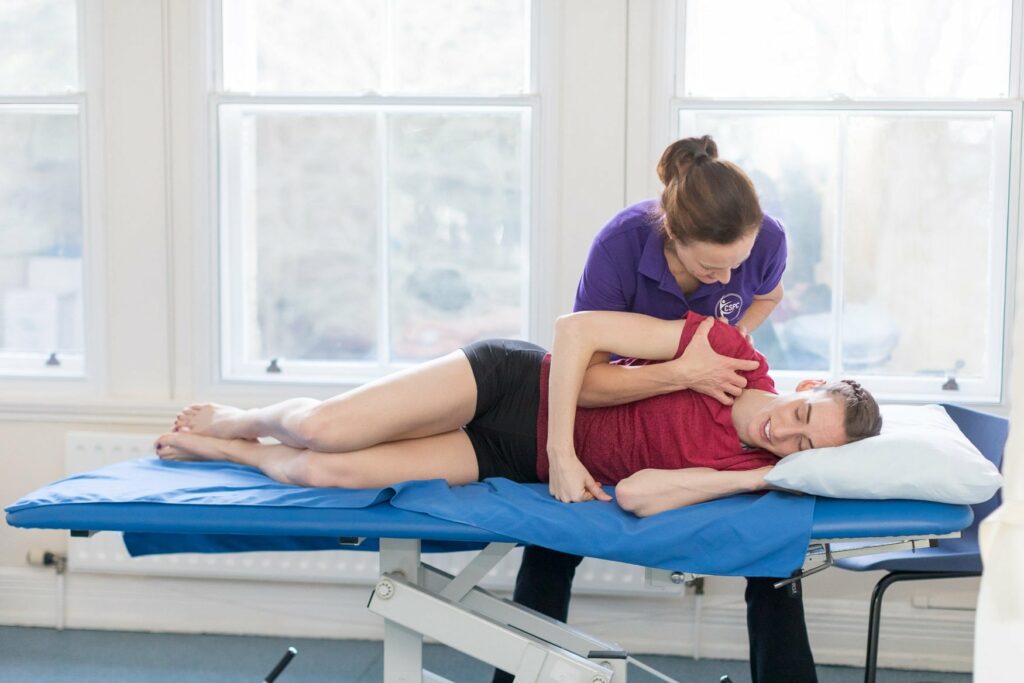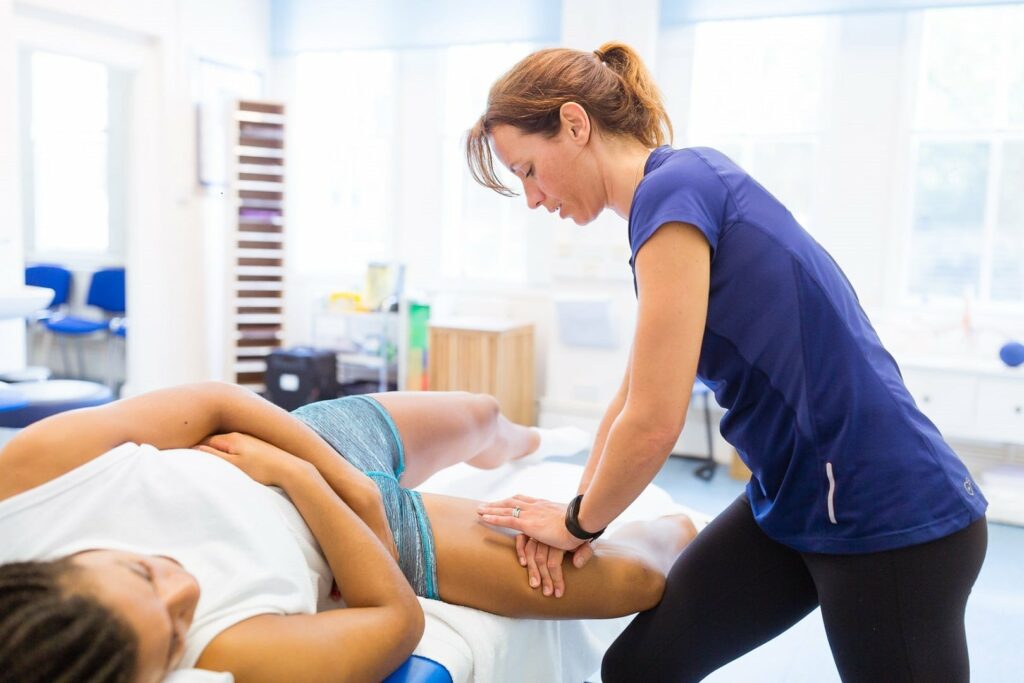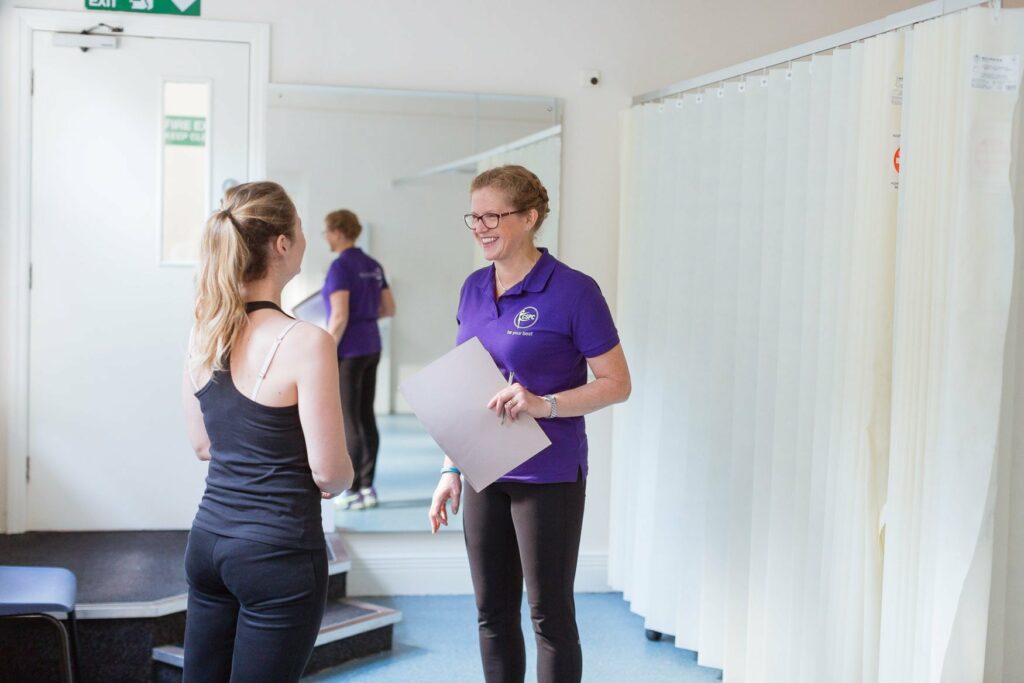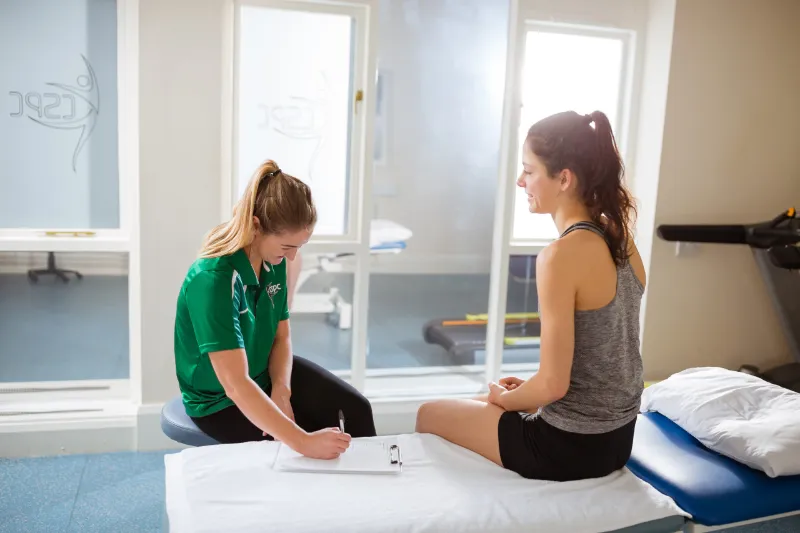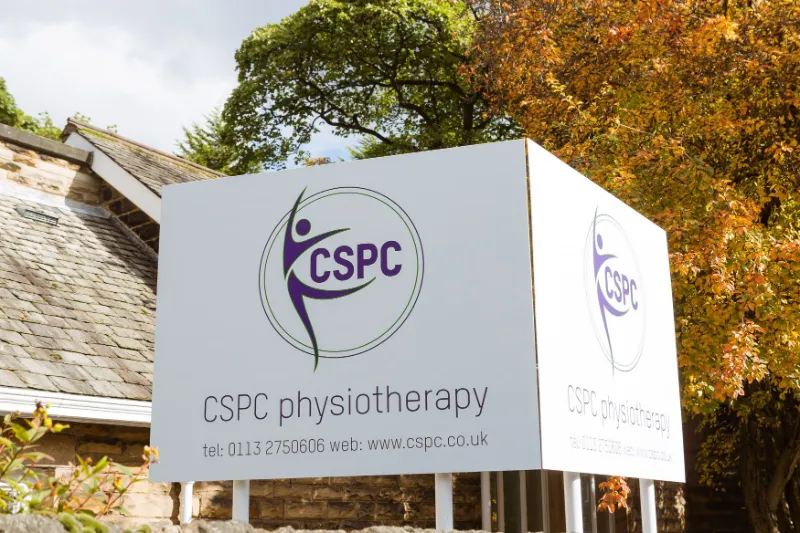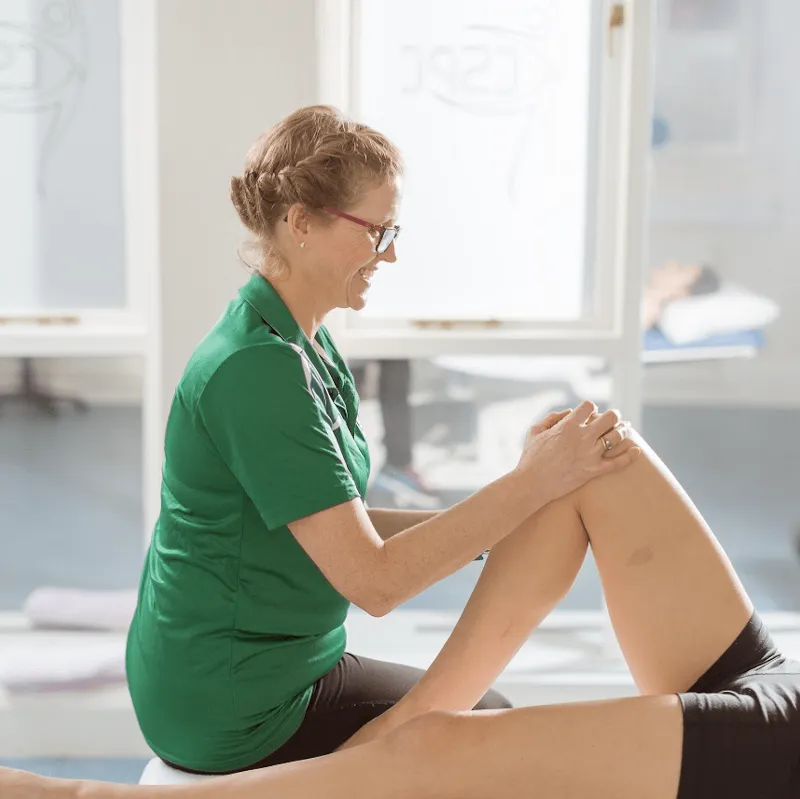Types of knee pain
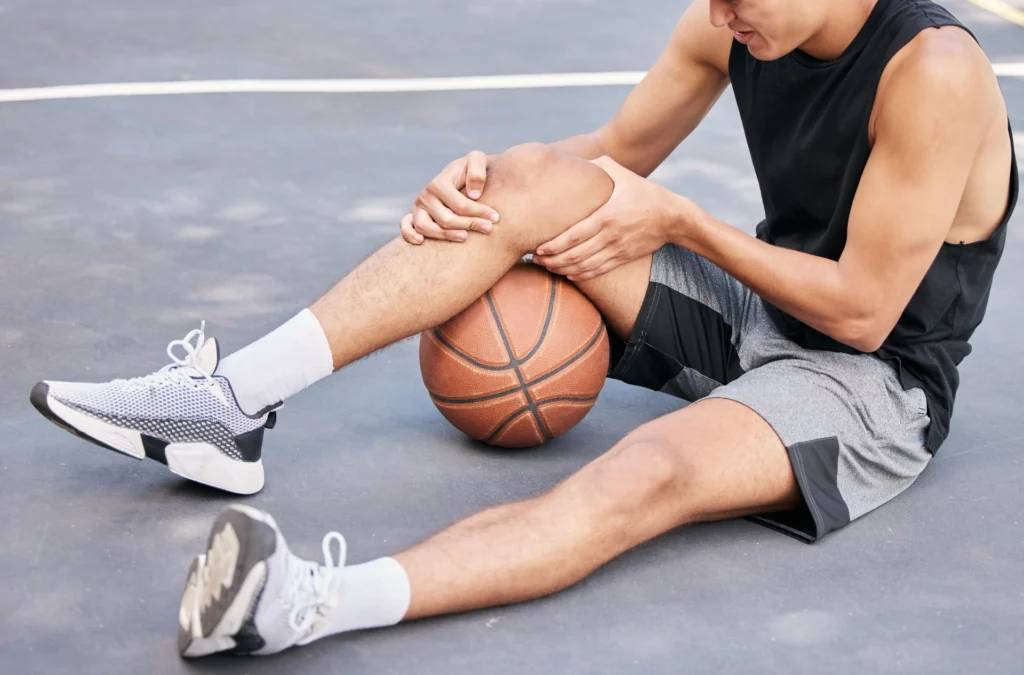
Tendon pain
The tendon above the patella (knee cap), attaching the quadriceps muscle on the front of the thigh to the knee cap.
The tendons behind the back of the knee attaching the hamstrings to the shin bone.
Ligament injuries
An important ligament for stability within the knee joint, and it is important to have a swift diagnosis to help with management in the acute phase, along with managing return to sport and onward referral if required. May present with a lot of swelling.
The ligament down the inside of the knee joint.
Ligament injuries respond best to protection of the joint, and onward referral and bracing if necessary, allowing healing of the injured part, whilst maintaining strength. After this a progressive rehabilitation programme should be followed.
Ligament injuries respond best to protection of the joint, and onward referral and bracing if necessary, allowing healing of the injured part, whilst maintaining strength. After this, a progressive rehabilitation programme should be followed.
Joint conditions
The two menisci are crescent shaped shock absorbers within the knee joint, and are a common injury. Many can settle with good physiotherapy management, some may need surgery.
Knee replacements
Other causes of knee pain
How do we help you get back on the road to recovery?
Here at CSPC we have a wide range of treatment options to help get you off the physio bed and back out and about doing whatever you want to do. The physiotherapist will take a thorough case history and assess all of the areas listed above. Treatment can include.
- Manual therapy
- Soft tissue treatment and sports massage work
- Strength and conditioning plans and advice
- Specific and focused home exercise programme
- Shockwave Therapy
- Taping and sports strapping
- Training advice and load monitoring
- Retraining of running technique
- Referral to podiatry if necessary for leg length assessment and biomechanical analysis
- Onward referral for imaging or consultants if required (self-funded or via private medical insurance or a letter to your GP)
MEET THE TEAM
Constantly challenging ourselves to be the best
GET IN TOUCH
If you have any questions, are ready to book an appointment or are planning your trip to see us then you’ll find all the information you need below.
See why patients
love CSPC Physiotherapy

